1. Waiting Days or Weeks Just to See If Your Photos Even Turned Out
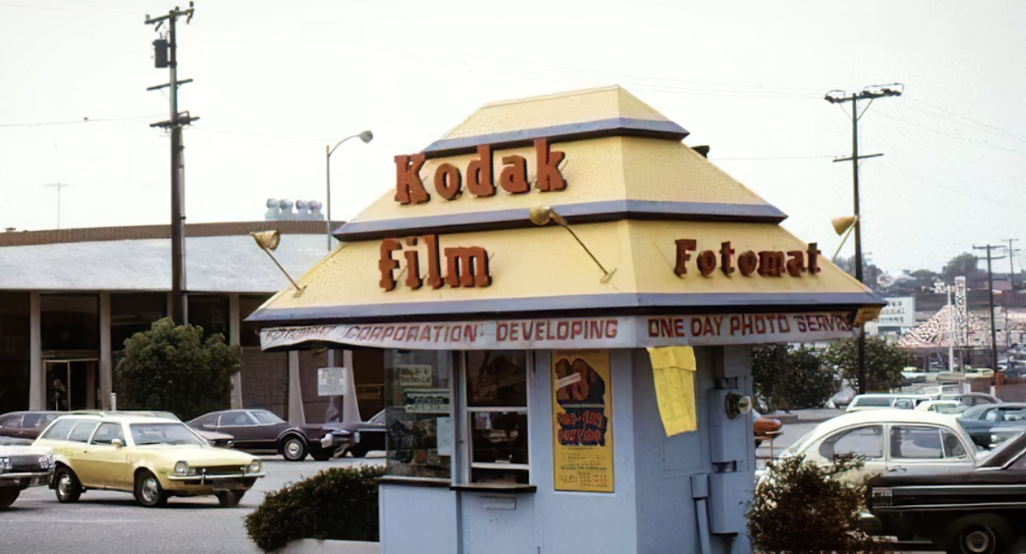
The suspense was real. You’d drop your roll of film at the corner pharmacy or the drive-up Fotomat kiosk, hand over your slip, and begin the long, agonizing wait. Some places had one-day processing, but most required at least three days. And if your roll was sent out of town, you were looking at a full week or more. The whole time, you were mentally flipping through the moments you’d tried to capture, hoping at least one would turn out. Would the birthday candles be in focus? Did you catch your friend mid-laugh or mid-sneeze?
Picking up the envelope felt like Christmas morning. You’d rush inside, barely making it to the car before tearing it open. That wait built up so much anticipation that every photo felt ten times more special. You weren’t just looking at a picture. You were looking at a moment you hadn’t seen since it happened. The time delay gave your memories texture. You were never sure what would appear, but that was the magic of it. You didn’t just take photos. You earned them.
2. Tearing Open the Envelope and Breathing In That Photo Lab Smell
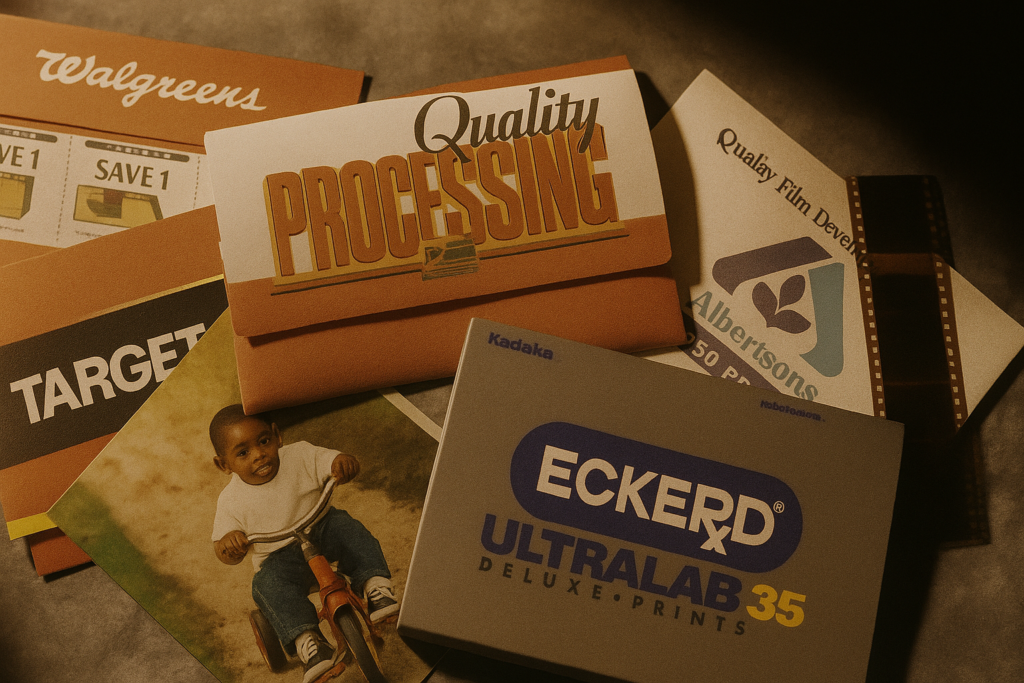
There was something unforgettable about that smell. You’d peel open the paper flap, and instantly, the scent of photo chemicals would drift out like a whisper from the darkroom. It was sharp, a little sour, and completely familiar. That chemical aroma was the scent of captured time, of birthdays, vacations, and everyday moments frozen in film. The prints were still warm sometimes, smooth and slightly curled, fresh from their transformation. Holding them felt like unwrapping memories you forgot you even made.
Even before you looked at a single image, that scent told you something exciting was coming. It made you slow down, even if just for a moment, and take in what you were about to see. The smell stuck to your fingers as you flipped through the stack, each photo glossy with promise or disappointment. But that smell – no app, no filter, no screen could ever recreate it. It was part of the experience. Part of why you never forgot how it felt to hold a stack of brand-new prints in your hands.
3. That Stomach-Drop Moment When the Whole Roll Came Back Ruined
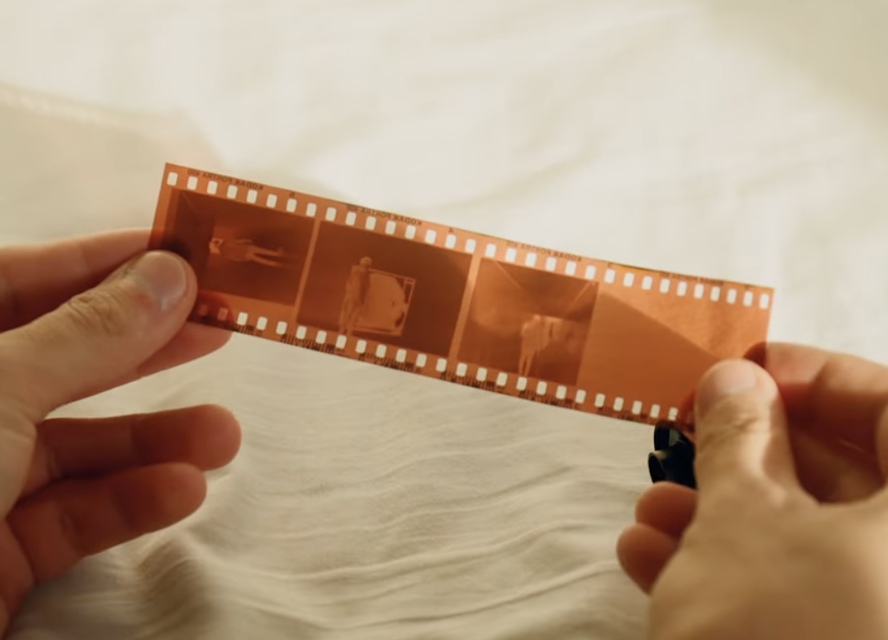
There was no worse feeling than opening that envelope and realizing the entire roll was a bust. It could be a camera malfunction, the film didn’t advance, or the back popped open at just the wrong moment. Whatever the cause, every frame was a disaster. Some were pitch black. Others were ghostly and overexposed. And a few had just enough blur to make your heart sink all over again. Thirty-six chances to capture something and nothing came through.
You’d try to hide your disappointment, especially if someone was standing next to you waiting to see the results. But inside, it stung. All those moments you remembered so clearly were now lost to light leaks and bad luck. You’d double-check the negatives, hoping something could be salvaged. But usually, it couldn’t. You just had to laugh it off, swear you’d be more careful next time, and load a fresh roll for another try. The risk was part of the deal.
4. Discovering Your Thumb, a Stranger, or a Lens Cap in Your “Perfect” Shot
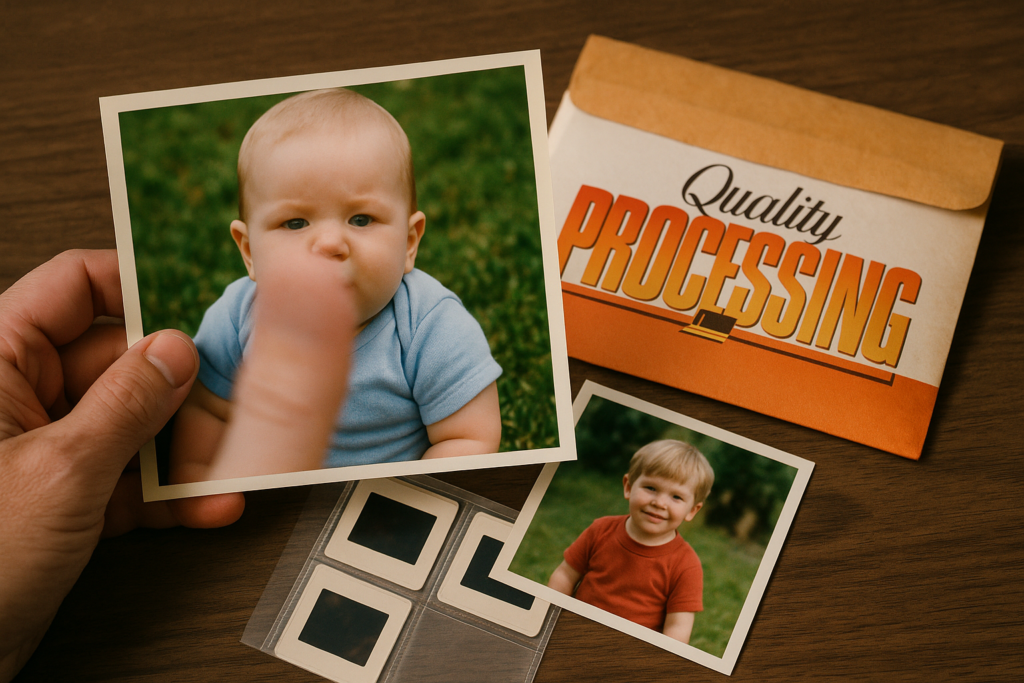
You remembered setting up the shot. You held your breath, framed it just right, and clicked. But when the prints came back, there it was—your thumb in the corner like a smudge on the moment. Or worse, you left the lens cap on and ended up with three completely black frames. Sometimes, a total stranger wandered into the background, looking directly at the camera. Other times, it was tilted, chopped off, or totally out of focus.
It was both infuriating and hilarious at the same time. You’d groan, maybe toss it aside, maybe keep it anyway. Because as bad as it was, it was still yours. These weren’t just pictures. They were stories, complete with mistakes and mishaps. And somehow, even the flawed ones ended up taped into albums or stuck to the fridge. They were imperfect memories, which made them feel even more real. You couldn’t undo it, but you could still laugh about it later.
5. That Sinking Feeling When Someone Blinked and the Flash Failed You
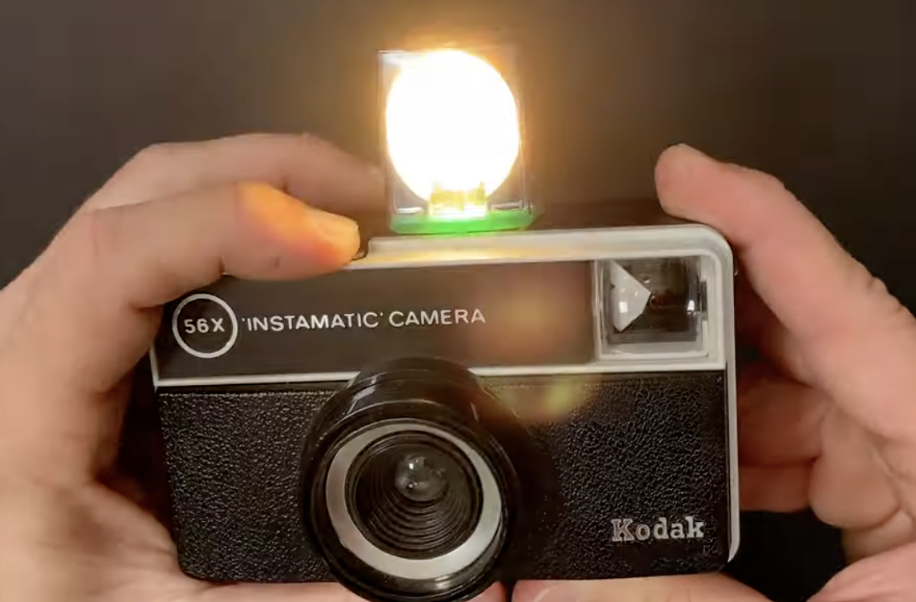
You finally got everyone to look at the camera. You counted to three, hit the shutter, and smiled with satisfaction. But later, when the prints came back, someone had blinked. Or looked away. Or the flash didn’t go off at all, leaving you with a grainy, underexposed image that barely captured the moment. You’d squint at the photo, hoping it looked better the longer you stared. It never did.
It became a game of spot-the-problem. Uncle Joe’s eyes were closed. Your sister was mid-chew. The lighting was all wrong. And still, you kept them. Because even though they weren’t perfect, they were real. You could almost hear the laughter in the background and feel the moment in motion. And that was the whole point of taking the picture in the first place.
6. Red Eyes That Ruined the Only Good Photo From the Whole Roll
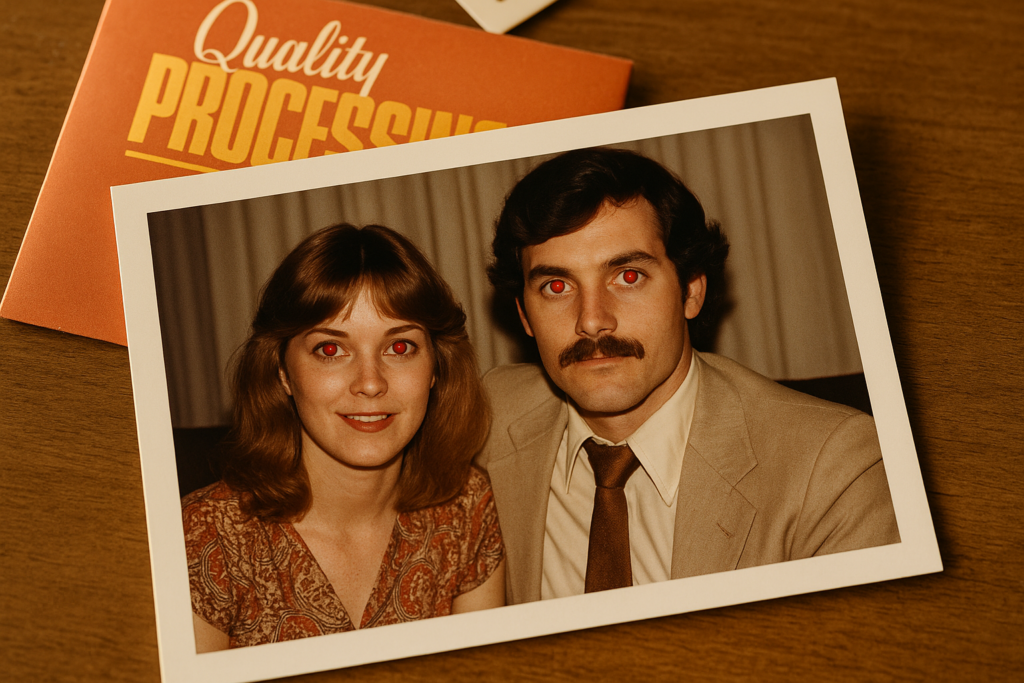
It was the best one of the bunch. Everyone smiling. The light was soft, the background clean, and the expressions perfect. And then there they were—those glowing, red-tinted eyes staring back like something out of a horror movie. It happened so often that you almost expected it. But it still felt like a betrayal. That one shot could’ve been the front of the Christmas card.
There was no quick fix, no editing tool, no magic app. You either lived with it or tried to darken the pupils with a marker, which only made it worse. Still, you kept it. Because it was better than nothing, and besides, red eyes meant the flash worked. It meant the camera tried. And even if it didn’t look flawless, the moment still happened—and that was what counted most.
7. Sorting Through Doubles, Duds, and the Blurry Maybes
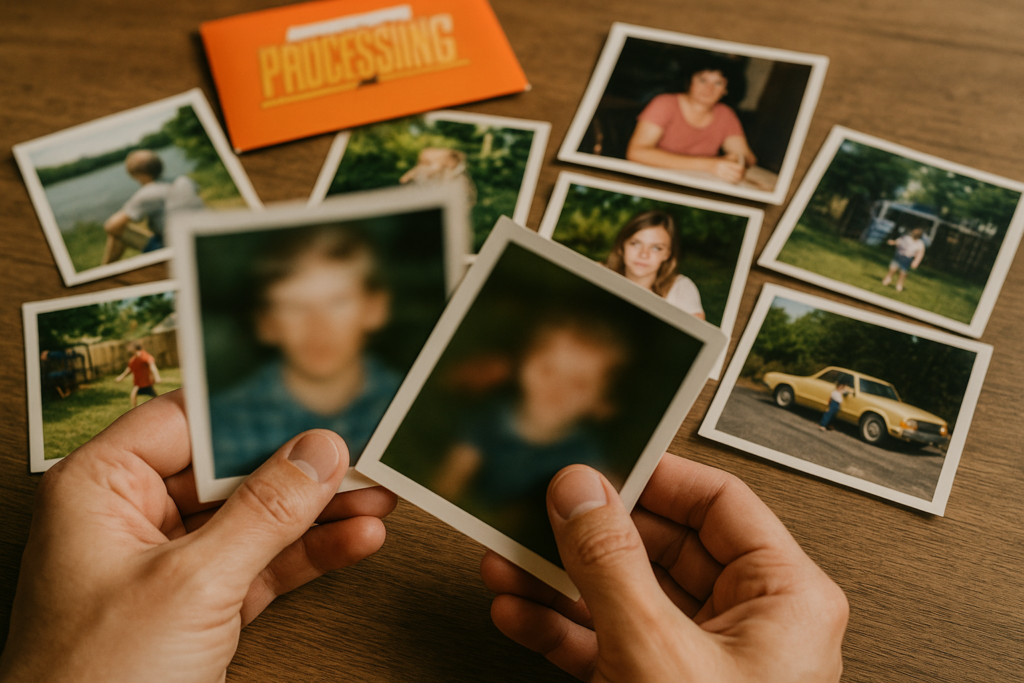
Getting doubles felt like striking gold. Two of every shot meant you could send one to Grandma or stick one in your school locker. But it also meant you had twice the blurry mistakes to sort through. You’d sit at the kitchen table, flipping through each print with a careful eye. Some were obvious duds. Others, well, they were a little blurry—but maybe still worth keeping.
You’d rationalize every soft focus with a memory. “That’s when we were laughing.” “He moved right at the last second.” “It’s blurry, but it’s sweet.” And just like that, a maybe-photo became a keeper. The ones that didn’t make it into albums ended up in drawers or shoeboxes. But they still traveled with you, tucked away until someone pulled them out years later and smiled anyway.
8. Piecing Your Life Together One Kodak Date Stamp at a Time
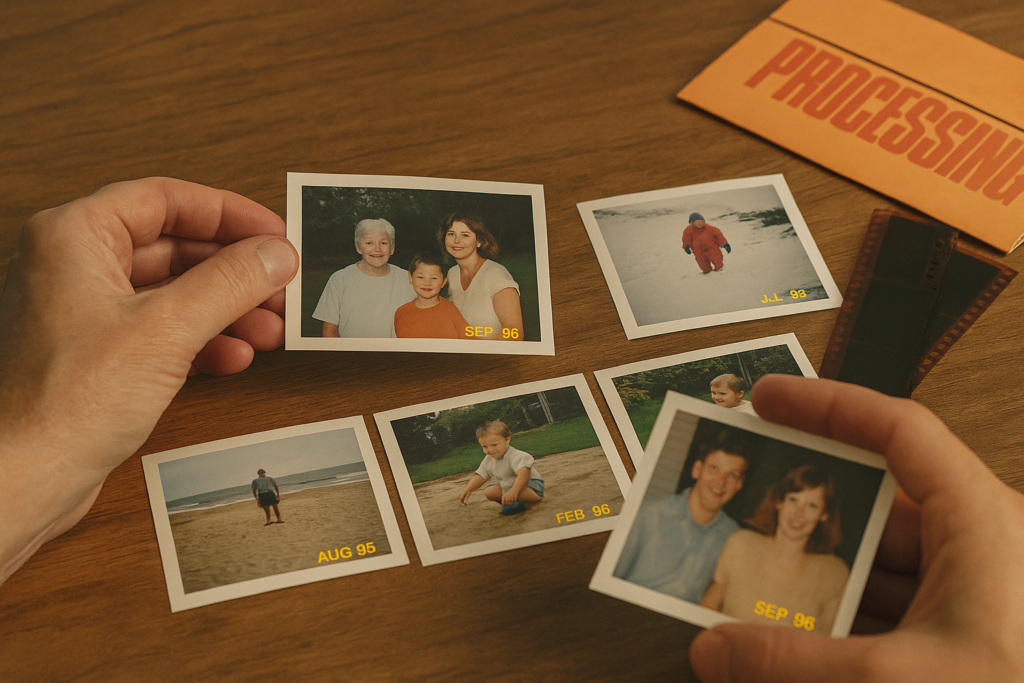
You’d flip over the photo, and there it was tiny red or orange numbers that read “JAN 75” or “SEP 78.” That little stamp was the key to figuring out when the photo was taken. Sometimes, it helped you remember which trip it was or who was in what grade at the time. You’d group them by month or season, laying them out in stacks that spanned summers, holidays, and school years.
It felt like piecing together your life, one rectangle at a time. That Kodak stamp gave order to your memories, even when the faces and clothes started to blur together. You’d sort the best ones into albums with sticky pages and transparent overlays. Others got bundled with rubber bands or tucked into dated envelopes. Either way, the photos didn’t just tell a story. They kept the timeline alive.
9. Trying to Decode “Summer ’76?” From Your Own Handwriting

You’d find a stray roll of film and squint at the scribbled note on the plastic canister. Maybe it said “Summer 76” or “Florida?” with a question mark. Sometimes, you didn’t label it at all and had to rely on memory. What was even on that roll? Was it the camping trip or your cousin’s wedding? The only way to know was to send it off and wait.
When the prints came back, the first image usually solved the mystery. A birthday cake. A beach sunset. A blurry group hug in matching t-shirts. Suddenly, it all came back. That roll, forgotten in a drawer or purse, had been waiting to surprise you. It was like finding a message from your younger self just when you needed it.
10. The Magical Shot That Made You Think You Had “The Eye”
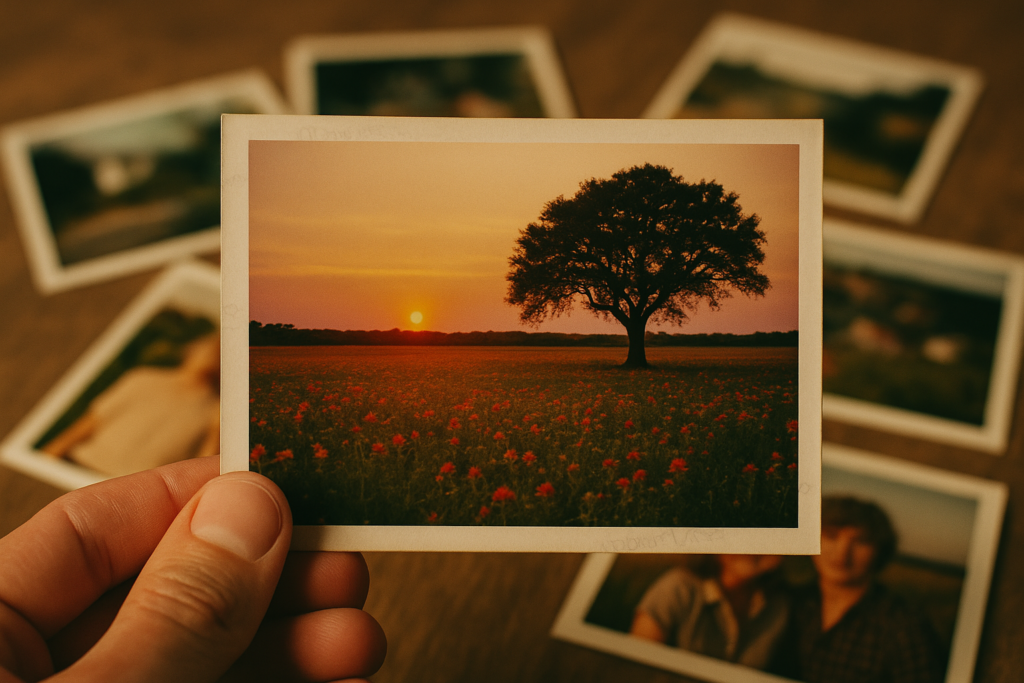
Every so often, you hit the jackpot. The lighting was golden, the timing exact, and the framing just right. You didn’t know how you did it, but you knew it was good. You’d stare at it like a masterpiece. It made you feel like a real photographer, someone who saw the world through a more magical lens. That one photo outshone the rest of the roll without even trying.
You’d frame it, gift it, or tape it above your bed. That one lucky snap made the cost of the film, the wait time, and the mistakes all worth it. It made you want to shoot more, to capture more, even if you didn’t always get it right. That photo became part of your personal legend. And for a moment, it proved you had the eye.
11. Finding an Old Roll and Unlocking Memories You Forgot Existed
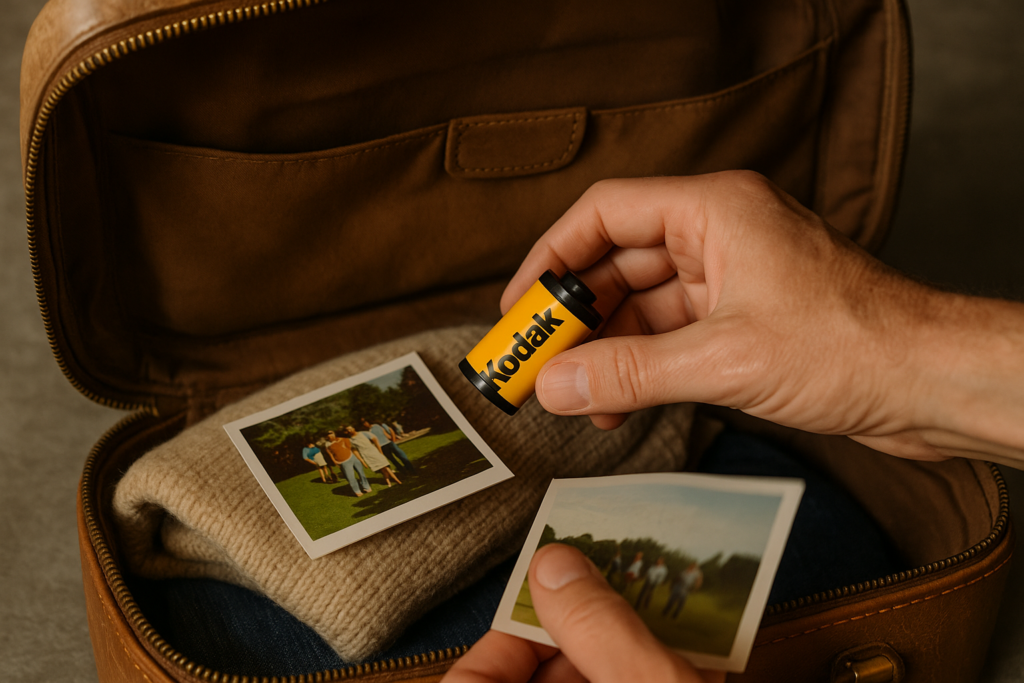
It started with a junk drawer or a dusty old purse. You’d find the film canister tucked away, untouched for years. No note. No label. Just mystery. You’d shake it like it might whisper clues, then decide to send it off anyway. Waiting for those results felt different. You weren’t just curious. You were chasing a version of yourself you almost forgot.
When the photos finally came back, it felt like time travel. There were faces you hadn’t seen in years. A hairstyle you barely remembered having. A smile from someone who might no longer be around. That roll, once forgotten, held a piece of your past like it had been saving it just for you. And no matter how faded or grainy, it was priceless.
12. Wondering If the Photo Lab Guy Saw Everything
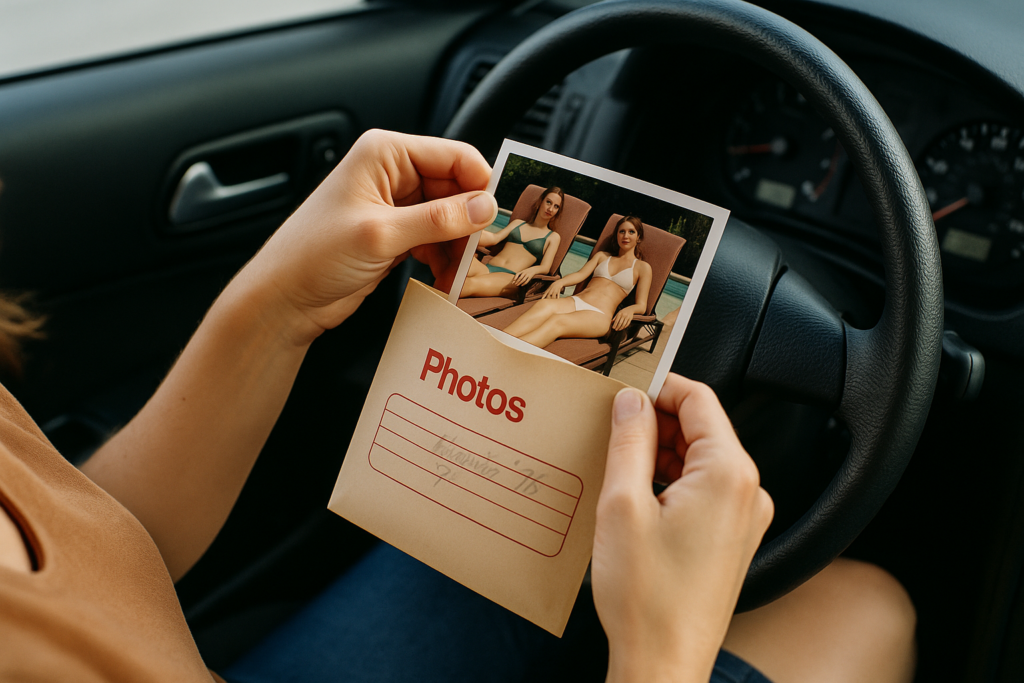
You knew someone had to develop them. Someone handled every frame, every negative. And you wondered, did they flip through your shots? Did they judge your messy kitchen, laugh at your silly faces, or blush at that accidental shirtless photo from the beach? The thought crossed your mind every time you handed over a roll.
But there was something oddly comforting about it, too. A stranger had seen your life, unfiltered and unposed. Maybe they didn’t look at all. Or maybe they looked and smiled. Either way, your moments passed through someone else’s hands before they made it back to yours. It made the whole process feel more human.
13. Albums for the Best, Shoeboxes for the Rest

The best ones went in the album. You peeled back the sticky plastic, pressed the photo down, and smoothed it with your palm. Some pages had notes written in pen. Others were just faces and places frozen in time. You’d sit for hours, arranging them just right, watching your life unfold in snapshots.
The rest didn’t make the cut. Some went in a shoebox under your bed. Others were slipped into envelopes or left in drawers. A few were tossed, but not without hesitation. Even the bad ones sometimes felt too personal to throw away. They were still pieces of your story. And who knew when you might want to remember them again.
14. Negatives You Never Used but Never Dared to Throw Out
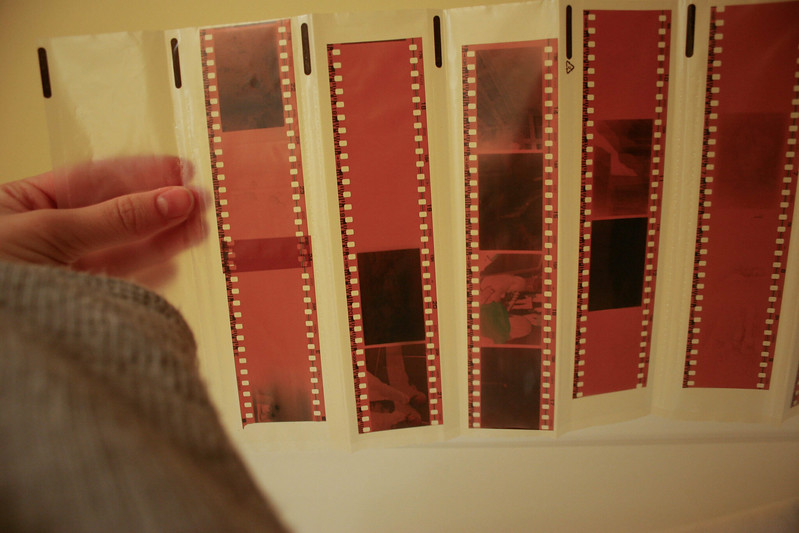
The prints were front and center, but the negatives felt like hidden treasures. You’d tear open the little side flap, expecting a neat strip and getting a slightly curled film ribbon instead. You’d hold them up to the light, squinting to find the one that matched your favorite picture. Some people tossed them right away, but others saved every single strip.
Negatives were the insurance policy you hoped you never needed. Just knowing you could reprint a beloved photo gave you peace of mind. You might not use them, but you filed them in envelopes or slid them into album sleeves just in case. And years later, finding a strip of negatives felt almost more exciting than the prints themselves. They were a backup copy of your memories, waiting quietly in the dark.
15. Handwriting on the Back That Bled Through but Told the Story
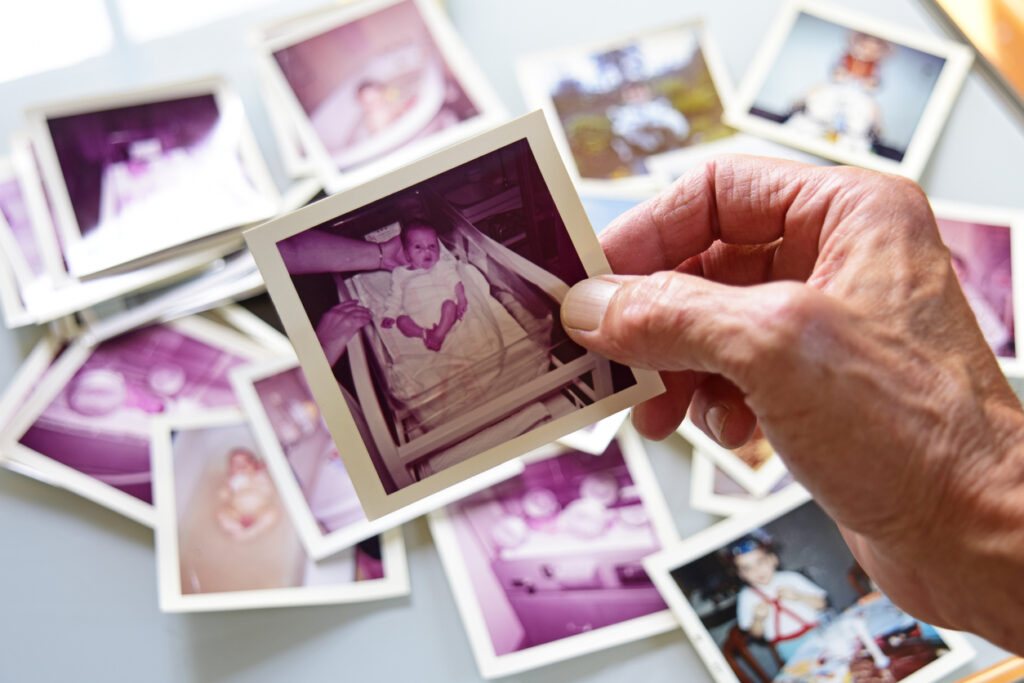
The moment felt important, so you grabbed a pen and scribbled something on the back. “Picnic, June 1974” or “Mom’s birthday, I think.” It seemed like a good idea at the time. But sometimes the ink bled through, or your handwriting left grooves in the front of the print. Still, it felt necessary. Like a future-you would be grateful.
Years later, you were. Even if the note was wrong, smudged, or slightly embarrassing, it grounded the photo in reality. It told part of the story. The handwriting was your own, shaky or smooth, looping or hurried. It turned the image into a time capsule. And that personal touch made it feel even more real.
Remember When Photos Took Time and Told Stories?
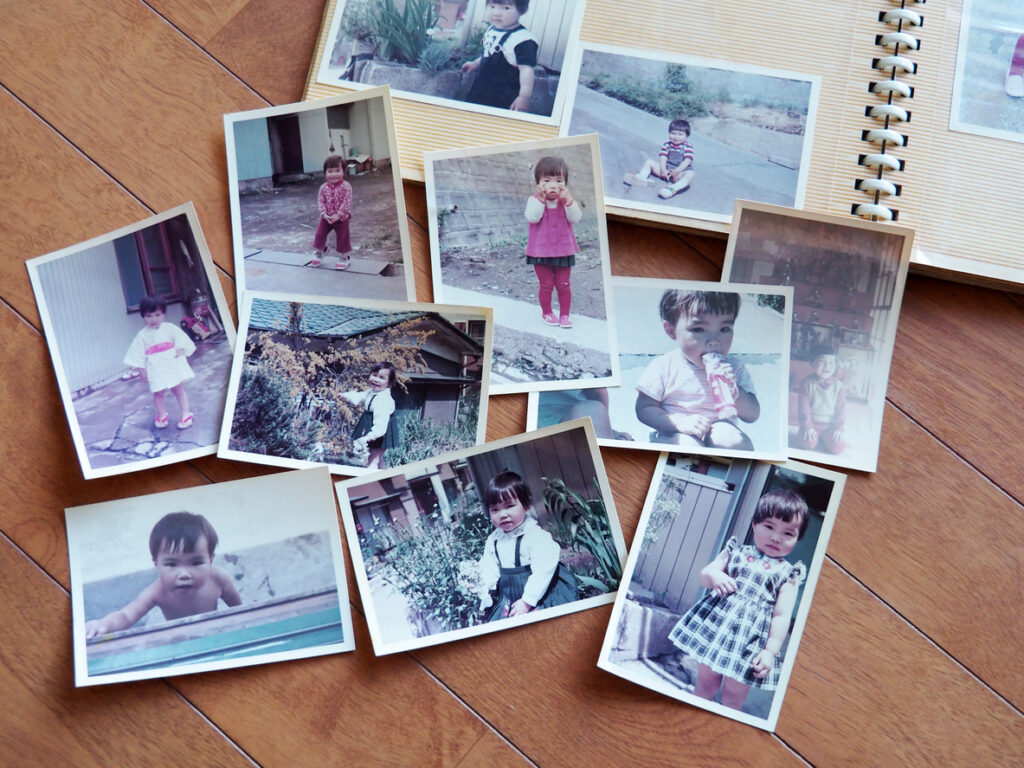
Whether your photos came out perfect or hilariously off, getting film developed in the 70s was never just about the pictures. It was about the stories behind them. Every blurry frame, every forgotten roll, every red-eyed family portrait told a piece of your life in a way that today’s instant filters just can’t touch.
What do you remember most about those photo-envelope days? Did you ever find a roll years later that made you laugh or cry? Please share your favorite film photo memories with us. We’d love to hear the stories behind your most unforgettable snapshots.
This story 15 Things Everyone Felt When They Got Their Film Developed in the ’70s was first published on dailyfetch.net.


